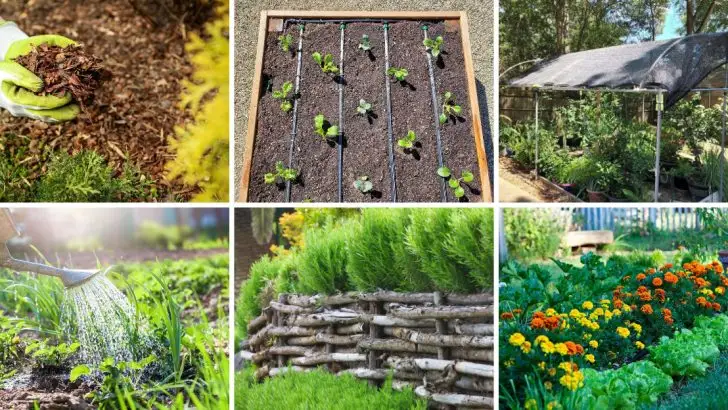You put in the time, effort, and money during late spring—soil prepped, plants in, everything looking fresh. Then summer rolls in with heatwaves, dry spells, and surprise storms, and suddenly all that work feels like it’s on the edge of unraveling. It’s frustrating, especially when a few simple changes could’ve made all the difference.
Summer doesn’t have to be a season of damage control. With a bit of planning and the right habits, you can keep your garden healthy, productive, and looking good through the toughest months. These 15 tips will help protect what you’ve already invested in—without turning gardening into a full-time job.
Mulch Magic
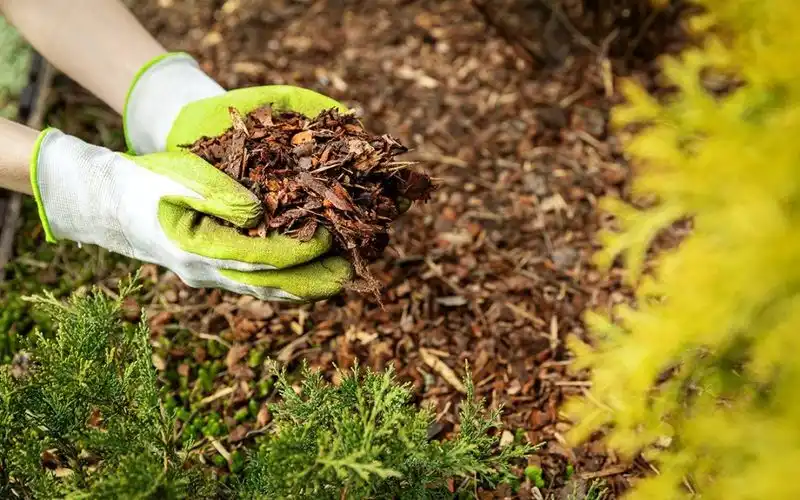
Do you have a garden? Imagine it thriving under the summer sun with just a sprinkle of mulch magic. Mulch retains moisture, keeps roots cool, and inhibits weed growth. It’s like a protective blanket for your plants. Apply a 2-3 inch layer around your plants and watch them flourish.
Mulch comes in various forms, like wood chips, straw, or even shredded leaves. It not only protects but also enriches the soil as it breaks down. Choose organic mulch for added nutrients.
Incorporating mulch into your garden care routine might be the smartest move you make this summer.
Drip Irrigation Delight
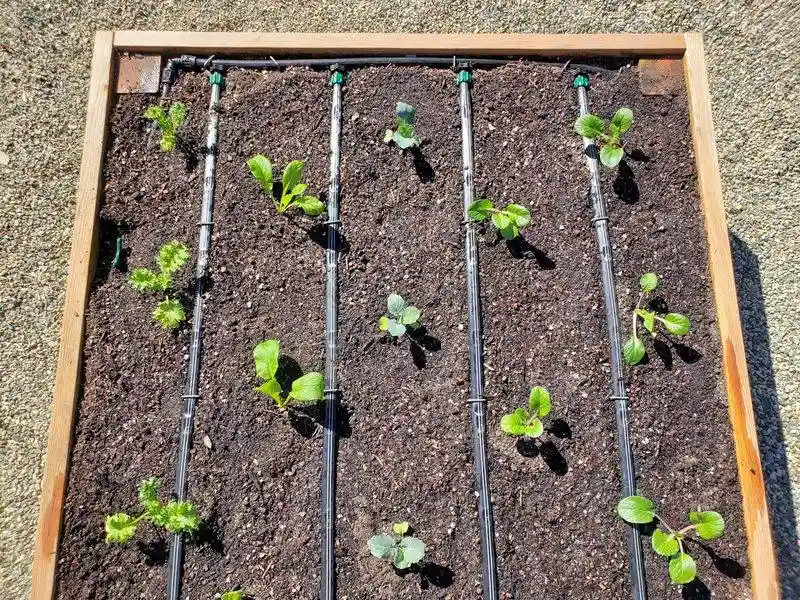
Did you know? Drip irrigation saves water and ensures your plants receive consistent moisture. Unlike overhead watering, drip irrigation delivers water directly to the roots. This efficiency reduces evaporation and water waste.
Installing a drip system can be a game-changer for your summer garden. It’s perfect for vegetables, flowers, or any thirsty plant. Customize the setup to fit your garden’s unique layout.
Keep your garden hydrated and flourishing all summer long. With drip irrigation, you’re not just saving water; you’re also nurturing healthier, more resilient plants.
Shade Cloth Shields
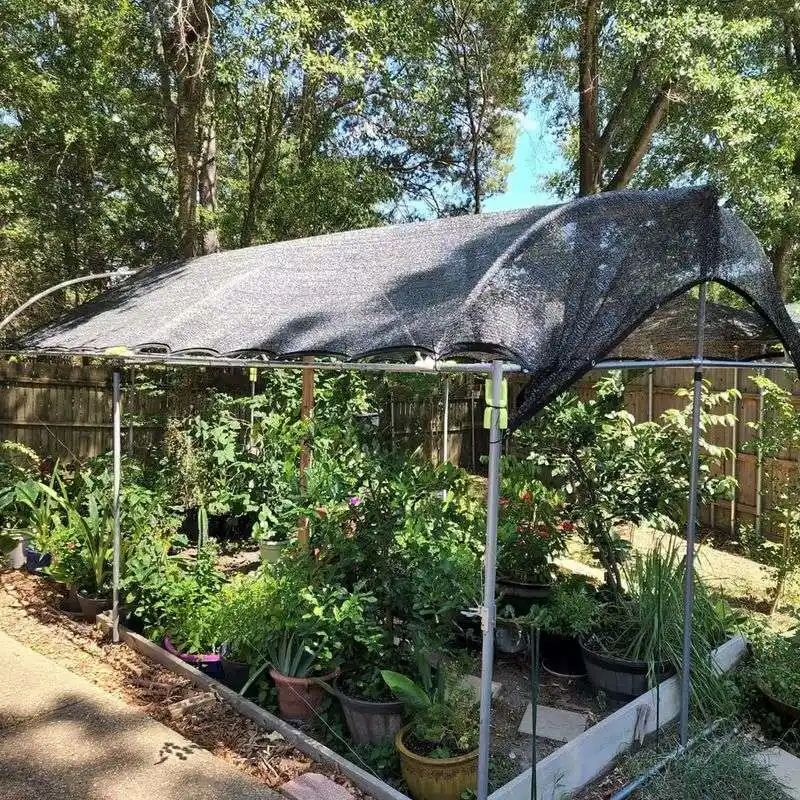
Imagine your garden under a gentle canopy. Shade cloth offers protection from the scorching sun, reducing plant stress. It’s crucial for delicate plants, like lettuce or ferns, that might wilt in intense heat.
Shade cloth comes in various densities, allowing you to customize the amount of sunlight your garden receives. Secure it with stakes or frames for easy installation.
Creating a shaded oasis not only protects your plants but also extends your growing season. Embrace the versatility of shade cloth for a cooler, happier garden environment.
Watering Schedule Savvy
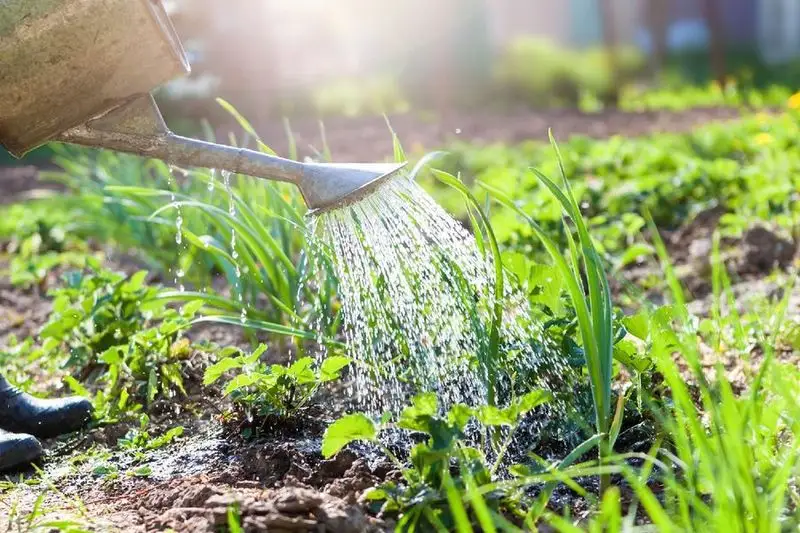
Is your watering schedule as smart as your phone? A savvy watering schedule is vital during summer. Plants need consistent moisture, especially in the morning to reduce evaporation.
Using timers can automate this process, ensuring your plants are watered even when you’re away. Adjust the frequency based on weather conditions and plant needs.
With a thoughtful watering schedule, you’re not just conserving water; you’re also fostering a thriving garden. Consistency is key to making sure your plants stay hydrated through the hottest months.
Wind Barrier Wonders
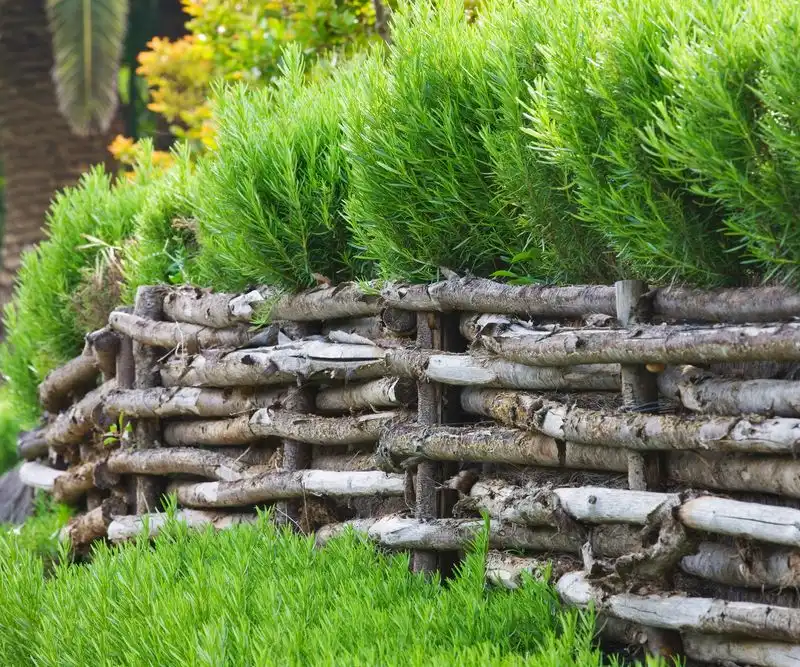
Gentle breezes can quickly become harsh winds during summer, which can damage plants. Creating wind barriers is an effective way to protect tender foliage. Use tall plants or structures to block prevailing winds.
Consider planting windbreaks like hedges or using temporary screens. These barriers not only shield plants but also create a microclimate within your garden.
With the right wind barriers, your plants can thrive without the threat of wind damage. Secure your garden’s future by investing in this thoughtful protective measure.
Companion Plant Partnerships

Did you know? Some plants are just meant to be together. Companion planting pairs plants that benefit each other, creating a harmonious garden.
For example, marigolds can deter pests when planted near tomatoes. Basil enhances the flavor of nearby peppers. These partnerships reduce the need for chemical interventions.
By strategically planning your garden layout, you can maximize growth and productivity. Companion planting is a natural way to protect and nurture your garden throughout the summer.
Organic Pest Patrol
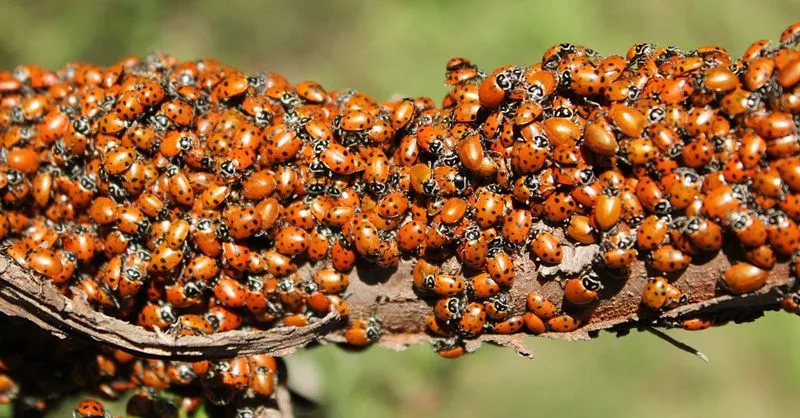
Meet your garden’s new protectors: ladybugs and birds. These natural allies control pests without chemicals. Encourage their presence by planting flowers like daisies or sunflowers, which attract beneficial insects.
Organic pest control is about balance—allowing natural predators to manage pest populations. This method reduces the need for harsh pesticides, preserving your garden’s ecological health.
Embrace the power of nature’s pest patrol. Your garden will be healthier, and your plants will thank you with vibrant growth all summer long.
Heritage Plant Heirlooms
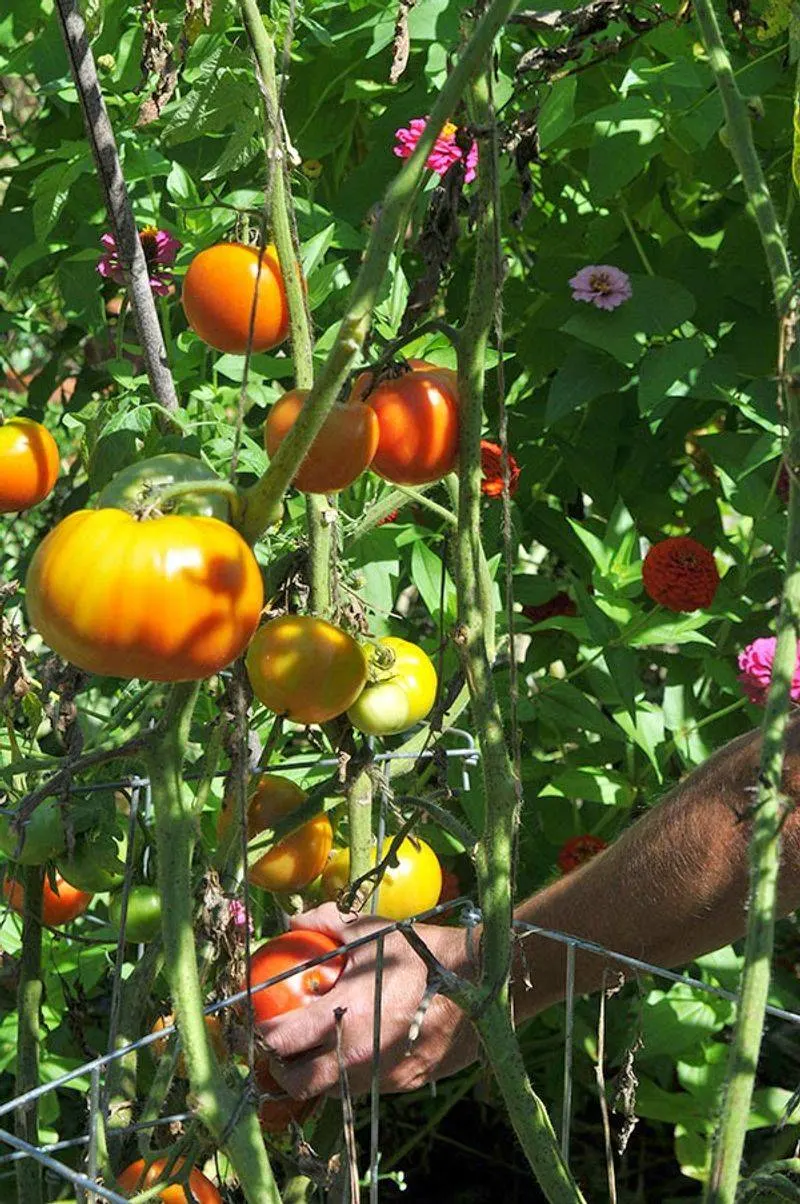
Embrace the past with heritage plants. These heirlooms are varieties that have stood the test of time, often more resilient to pests and adaptable to local climates.
Growing heirloom plants can add diversity and beauty to your garden. They often have unique flavors and colors, making them a favorite among gardeners and chefs alike.
By choosing heirlooms, you’re not only preserving history but also protecting your garden’s future. These plants offer reliable performance and stunning aesthetics, perfect for summer survival.
Soil Health Heroes
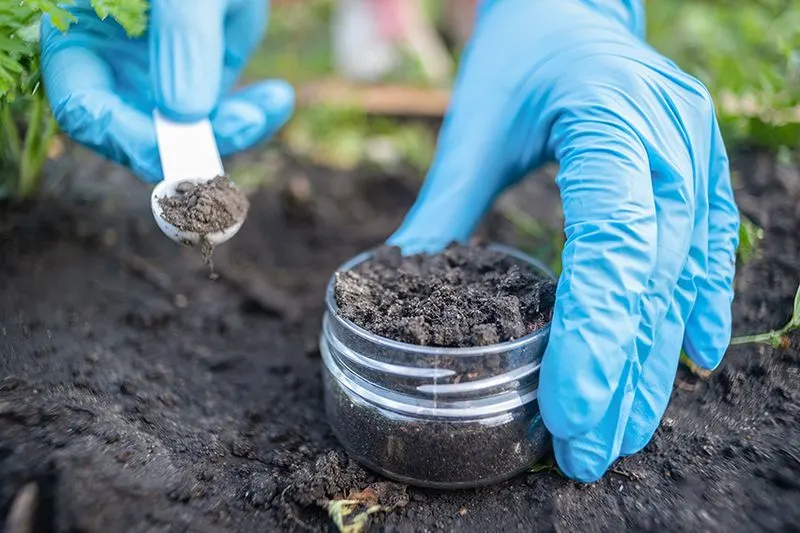
Healthy soil is the foundation of a thriving garden. Regularly testing your soil can guide amendments to ensure it has the right nutrients.
Add organic matter like compost to boost soil fertility. This supports strong root systems and helps retain moisture during dry spells.
Improve your soil’s health, and your plants will be better equipped to handle summer stresses. With the right care, your garden will flourish, producing bountiful yields throughout the season.
Rainwater Harvesting Reservoirs
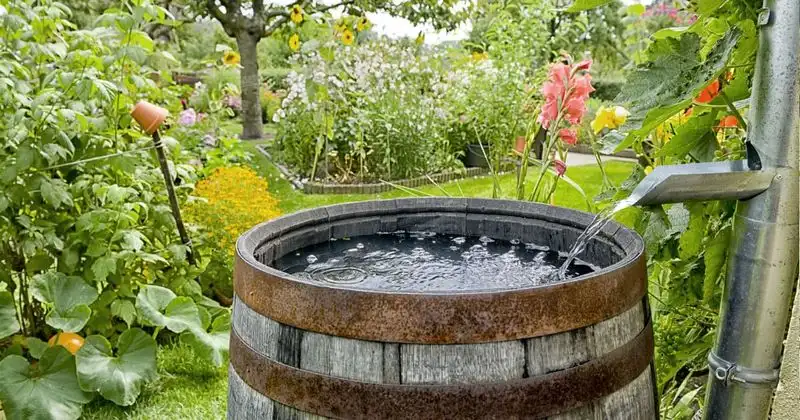
Capture nature’s gift with rainwater harvesting. Collecting rainwater in barrels provides a sustainable irrigation source, reducing dependence on municipal water.
Position barrels under downspouts to maximize collection during showers. Use this water for your garden, conserving resources and cutting costs.
Rainwater is naturally soft, free from chemicals often found in tap water. This makes it ideal for sensitive plants. Embrace eco-friendly watering strategies to protect your garden all summer long.
Pruning with Precision
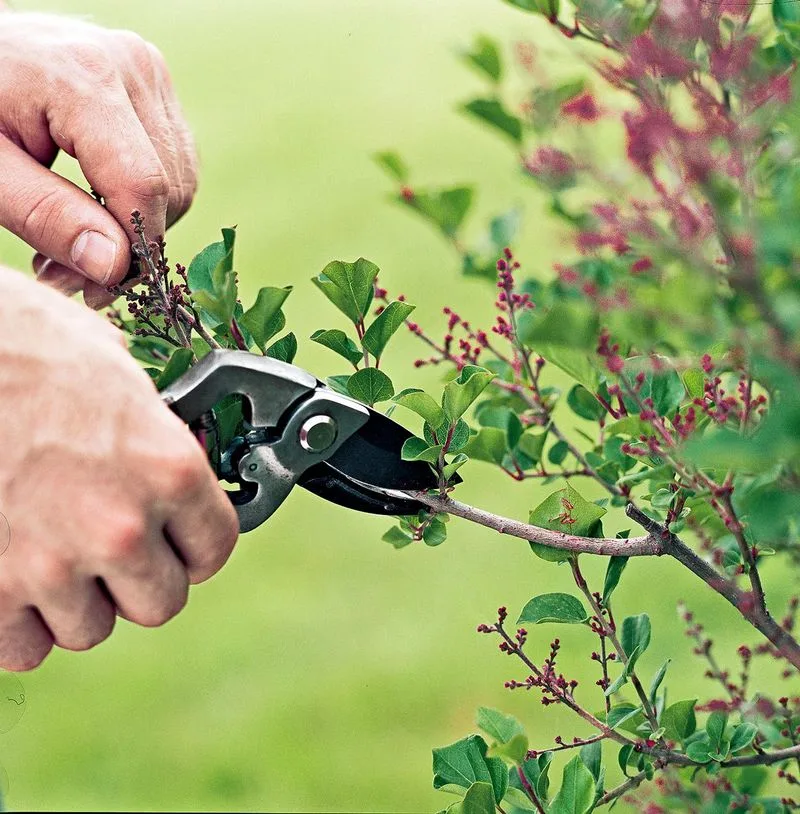
Pruning isn’t just for aesthetics—it’s vital for plant health. Remove dead or diseased branches to promote airflow and reduce pest issues.
Summer pruning focuses on shaping plants and encouraging new growth. This can lead to more flowers and fruits, as well as healthier plants overall.
With precise pruning, you’re ensuring your plants don’t just survive but thrive in the summer heat. It’s a practice that pays off with vibrant, productive gardens.
Greenhouse Guardianship
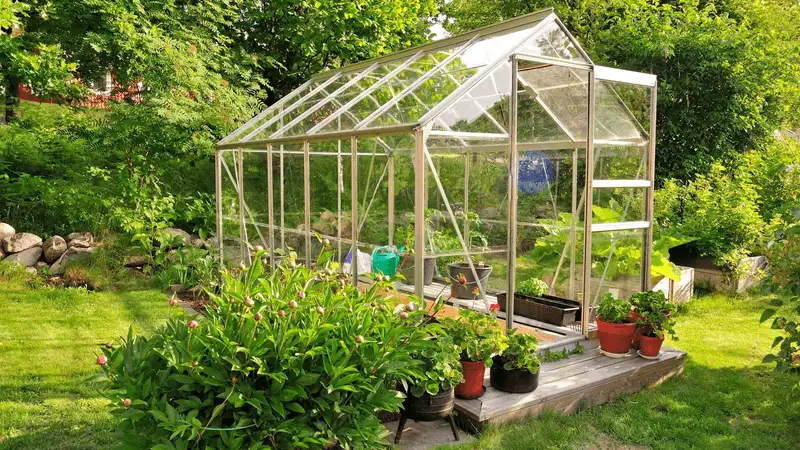
Have you considered a greenhouse? It’s an investment in your garden’s future. Greenhouses protect plants from extreme weather while extending the growing season.
These structures create controlled environments, ideal for nurturing seedlings and delicate plants. Ventilation is key—ensure windows or vents are used to manage temperature.
Greenhouses offer a haven for your garden, shielding plants from unpredictable summer storms. Guard your greenery with this timeless gardening tool.
Fertilizer Fundamentals
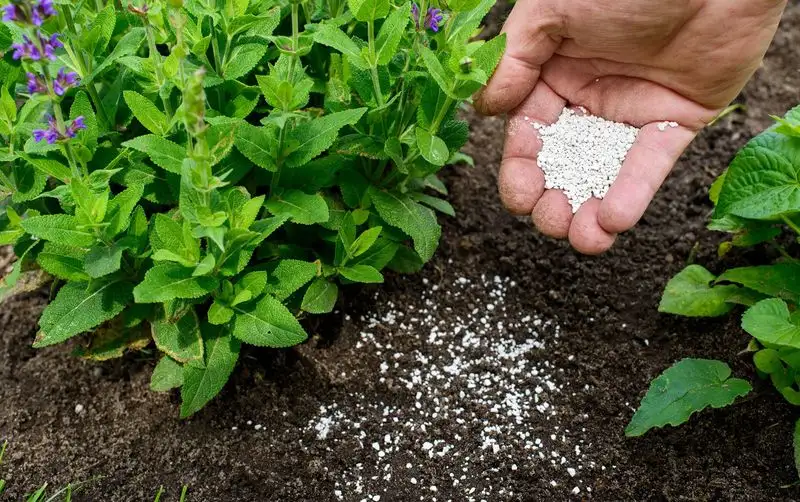
Is your garden getting the nutrients it needs? Fertilizing is fundamental for plant vitality. Use organic fertilizers to nourish your plants without harming the environment.
Focus on balanced formulations that support growth while boosting resilience to summer stressors. Apply during active growth periods for best results.
With proper fertilization, your plants will have the energy to thrive. It’s an essential step in protecting your summer garden’s lush appearance and bountiful harvests.
Wildlife Water Wisdom
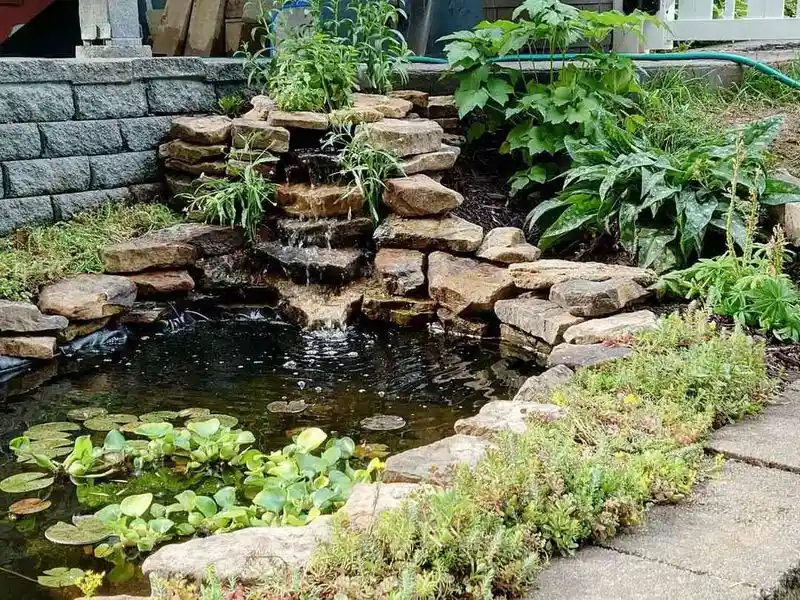
Invite wildlife into your garden with water features. Birdbaths and small ponds provide hydration for birds and beneficial insects.
A balanced ecosystem supports pollination and pest control, creating a healthier garden environment. Ensure water sources are clean and fresh to attract diverse species.
Wildlife adds life to your garden, enhancing its beauty and productivity. With thoughtful water placement, you’re fostering a vibrant, sustainable summer garden.
Container Creativity

Limited space? No problem. Containers offer creative planting solutions for any garden size. They provide flexibility, allowing you to move plants to sunnier spots or shade as needed.
Choose containers that suit your style—ceramic, wood, or recycled materials. Ensure they have proper drainage to prevent waterlogging.
With containers, you can design a dynamic garden landscape. They’re perfect for experimenting with plant combinations, providing beauty and bounty all summer long.

